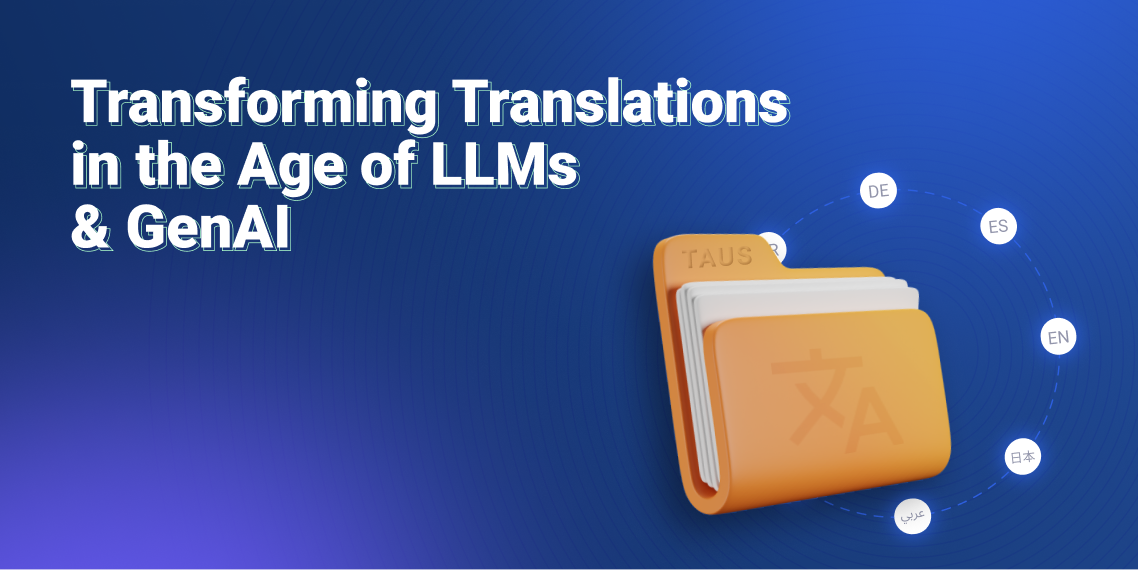9 Types of Data Bias in Machine Learning

Defining data bias and the list of common types of data bias in ML: selection bias, overfitting/underfitting, outliers, measurement bias, recall bias, observer bias, exclusion bias, racial bias, and association bias.
Bias as a general term defines the tendency to lean towards a certain direction either in favor of or against the given topic, person or thing. When it comes to data science, a biased dataset can be classified as one that doesn’t represent a model’s use case fully and therefore produces results that are skewed or inaccurate and includes analytical errors.
The introduction of the term bias in the Machine Learning space goes back to the paper written by Tom Mitchell in 1980, “The need for biases in learning generalizations”. However, perceptions towards bias in data and ML models have greatly changed.
In this 1980 paper, the model could be biased in the sense that it would give importance to some of the features in order to generalize better for the larger dataset with various other attributes. Nowadays, it concerns people when an assumption for a generalized algorithm produces a systematic prejudice.
When an ML model is trained on biased data, it’s thought that the output it will yield will not only be based on stereotypes but actually amplify them in society. One example of such a situation was Amazon’s resume filtering tool which was later ended as it showed bias against women. This perspective became more common and concerning as AI-enabled services and tools started to play a bigger role in our lives from smart devices and bot communication to medical diagnosis and recruitment decisions.
The first step in being able to eliminate such bias is to be able to identify them. Here are nine types of bias that we have defined for you.
Selection Bias
Selection bias happens when the data used in training is not large or representative enough and results in a misrepresentation of the true population. Sampling bias as a part of the overall selection bias refers to any sampling method which fails to attain true data randomization before selection.
For example, a voice recognition technology is trained only with the audio language data generated by individuals with a British accent. This model will have difficulty in voice recognition when an individual with an Indian accent interacts with it. This results in lower accuracy in performance.
Overfitting and Underfitting
When a model gets trained with large amounts of data, it also starts learning from the noise and inaccurate data entries in the dataset. Consequently, the model does not categorize the data correctly, because of too many details and noise. This situation is referred to as overfitting.
When a machine learning model cannot capture the underlying trend of the data, underfitting occurs. Underfitting is commonly observed when there is less data to build an accurate model or when a linear model is being built with non-linear data. Underfitting creates a model with high bias. A model with a high bias may not be flexible enough when predicting outcomes.
Outliers
Outliers are extreme data points in a dataset that are exceptionally far from the mainstream of the data. Outliers can be caused by measurement/input error or data corruption. If an experiment’s results are aimed at making decisions based on the average, then extreme data points will alter this decision, causing bias in the output.
Measurement Bias
Measurement bias is linked to underlying problems with the accuracy of the training data and how it is measured or assessed. An experiment containing invalid measurement or data collection methods will create measurement bias and biased output.
For example, when testing a new feature on a mobile app that is available both for Android and iPhone users, if you perform the experiment only with the subset of iPhone users the results cannot be truly reflective, and thus introduces measurement bias in the experiment.
Recall Bias
Recall bias in data commonly takes place in the data labeling stage when labels are inconsistently given based on subjective observations. This is also known as the false-positive rate.
In machine learning, recall is defined as the rate of how many unseen points a model labeled accurately over the total number of observations. Let’s say a group of test subjects share how many calories they consumed per day over the last week.
As they cannot recall the precise amount, they will provide an estimation. These estimates take away from the true values, resulting in a recall bias.
Observer Bias
Observer bias, or confirmation bias, occurs when the conductor of the experiment integrates their expected outcome into the study. It can happen if a researcher starts on a project with subjective thoughts about their study, knowingly or unconsciously.
An example can be seen in data labeling tasks where one data worker chooses a different label based on their subjective thoughts as opposed to other workers who follow the provided objective guidelines. Imagine the guidelines suggest that all tomato images should be tagged as fruit, yet one labeler believes that it should be classified as a vegetable and labels it accordingly. This would result in inaccurate data.
Exclusion Bias
During data pre-processing, features that are considered irrelevant end up being removed. This can consist of removing null values, outliers, or other extraneous data points. The removal process may lead to exclusion bias and the removed features may end up being underrepresented when the data is applied to a real-world problem and result in the loss of the true accuracy of the data collected.
Let’s imagine that referral rates from the English and Sinhala versions of the website are being compared. 98% of the clicks come from the English version and 2% come from the Sinhala version.
One can choose to leave the 2% out, thinking it would not affect the final analysis. By doing so, one may miss that Sinhala clicks have a higher conversion rate compared to the English website clicks. This would lead to exclusion bias and delivers an inaccurate representation of the collected data.
Racial Bias
Racial bias, or demographic bias, occurs when the training data is reflecting a certain demographic, such as a particular race. When a model is trained on racially biased data, the outcome itself can be skewed. Imagine that image data used in the training of self-driving cars mostly features Caucasian individuals.
This would mean that self-driving cars will be more likely to recognize Caucasian pedestrians than darker-skinned pedestrians, resulting in less safety for darker-skinned individuals as the technology becomes more widespread. Other forms of demographic bias include class and gender bias, which affect training outcomes in similar ways.
Association Bias
Association bias skews, misleads, or distorts the way a machine learning model learns to associate certain features to be true based on the training data.
Essentially, this reinforces a cultural bias if the data was not collected thoughtfully. If the training dataset labels all pilots as men and all flight attendants as women, for that specific model female pilots and male flight attendants won’t exist, hence creating an association bias.
In Conclusion
Being aware of potential types of biases in your dataset is the first step towards eliminating them. With that knowledge, it is important to monitor the data preparation processes closely to make sure the datasets are as bias-free as possible before they are used in the training phase.
If you’d like to ensure your training data meets the quality standards, contact us. With a highly specialized data science team and a community of over 3,000 data contributors, TAUS can help generate, collect, prepare and annotate text, image, or audio datasets fit for your project specifications.

Şölen is the Head of Digital Marketing at TAUS where she leads digital growth strategies with a focus on generating compelling results via search engine optimization, effective inbound content and social media with over seven years of experience in related fields. She holds BAs in Translation Studies and Brand Communication from Istanbul University in addition to an MA in European Studies: Identity and Integration from the University of Amsterdam. After gaining experience as a transcreator for marketing content, she worked in business development for a mobile app and content marketing before joining TAUS in 2017. She believes in keeping up with modern digital trends and the power of engaging content. She also writes regularly for the TAUS Blog/Reports and manages several social media accounts she created on topics of personal interest with over 100K followers.




